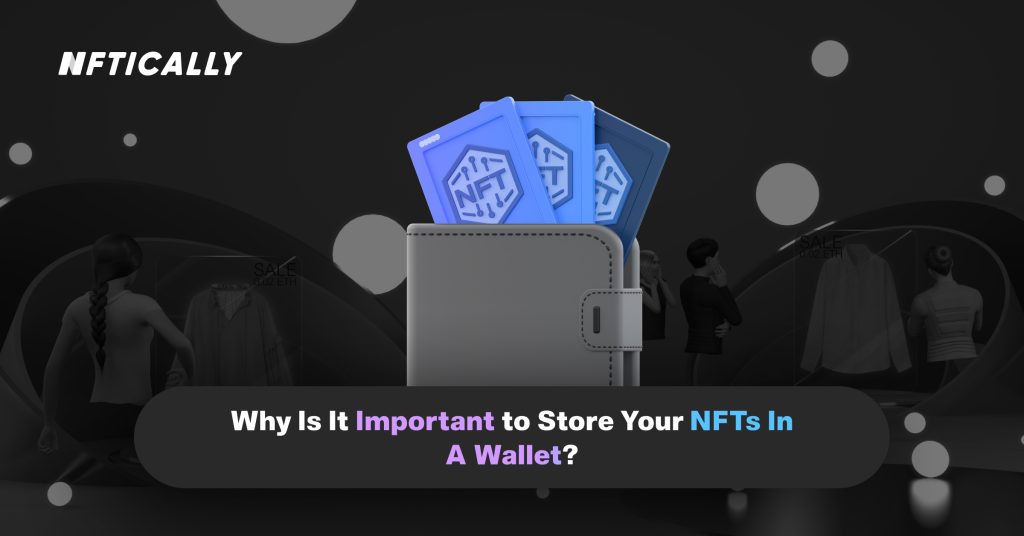
Why Is It Important to Store Your NFTs In A Wallet?
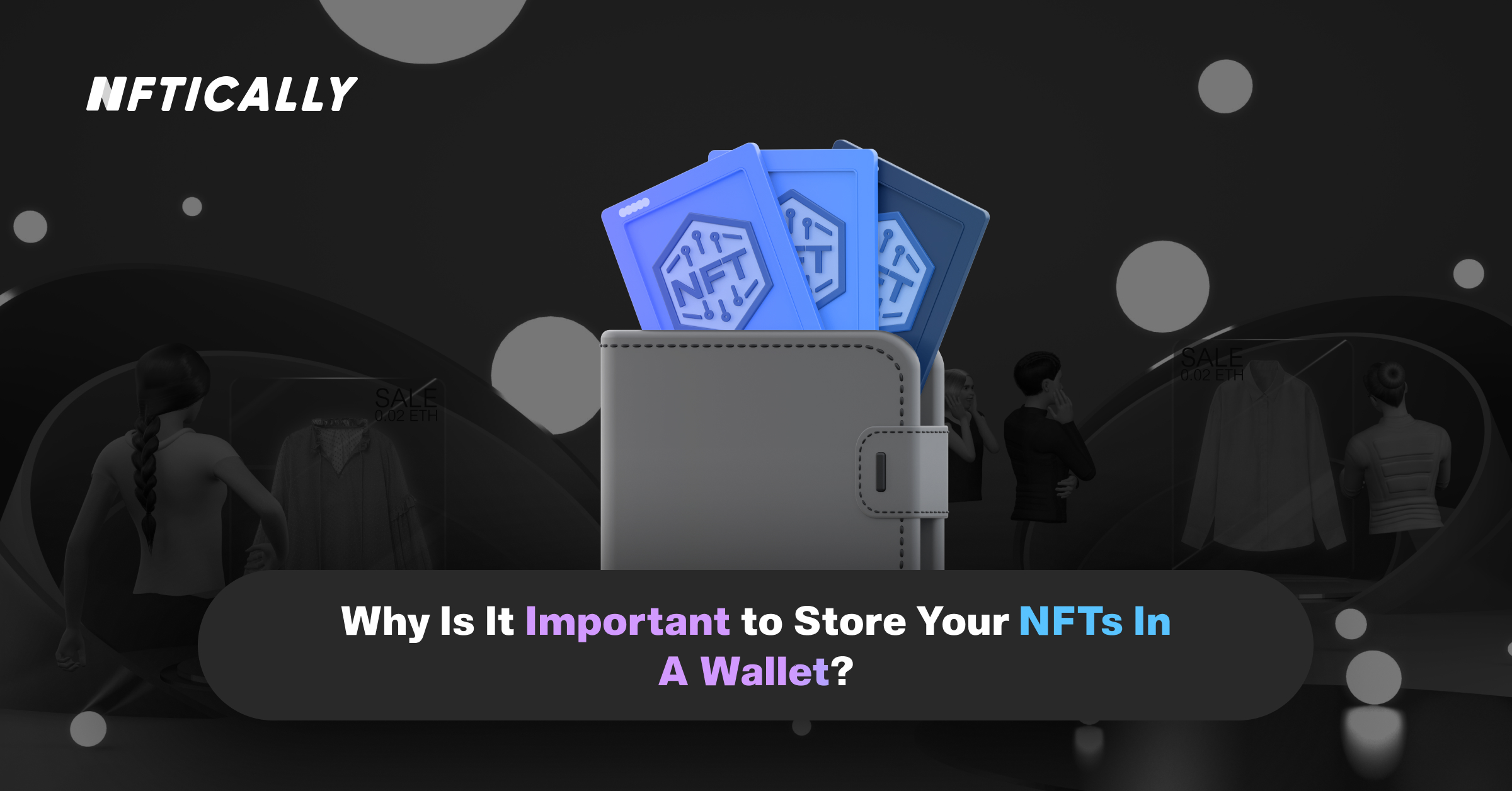
This blog is for NFT beginners. This provides a short introduction and resources for additional learning and research. New investors may not know how to save their valuables securely from hackers and other malicious individuals. This blog explains how important it is to store your NFTs in a wallet.
Do NFT wallets pose a threat? To discover out, let’s dive into this NFT wallet blog.
NFTs, on the other hand, has grown significantly in the last year. In other words, they seem to be driving the whole crypto market forward, even while everyone else is struggling. Although NFTs are moving quickly, they’re exhibiting strong signals of development.
Why is NFT storage necessary?
Many applications, including smart contracts, employ NFTs to represent ownership of physical, digital, and data assets. Relationships between two or more parties are also shown using them. As a result, the security of these assets is in danger when they are held on the blockchain, as they are not under the authority of a third party.
Nifty Gateway, an NFT marketplace, has had digital artworks and credit card information stolen from accounts. This may prevent the theft of digital assets by storing them securely. Many cryptocurrency fans have heard the term “Not your crypto, not your keys,” which alludes to the fact that you don’t own it if you don’t have the private keys.
Here’s how to keep your NFT safe:
NFTs may be stored in one of three ways. There must be interoperability between NFT storage options across many chains and the marketplace used to buy and sell NFTs. The wallet should also have a user-friendly UI and solid security measures. Since most NFTs are based on the Ethereum blockchain, verifying whether the wallet supports the Ethereum blockchain is a good idea.
The 3 ways to store NFTs are:
1. Software Wallets
Mobile and web-based software wallets are just a few of the numerous choices you have. For digital assets held in a software wallet, Metamask is considered standard security. Hackers have made use of solutions like Metamask in the past. Before utilizing a fake app, verify if it’s based on the real thing.
With a market capitalization of $10.3 million, you may also use the Enjin wallet to store crypto and create, distribute and integrate NFTs. In addition, It’s compatible with Defi and Ethereum and will soon be a mobile NFT wallet.
2. Interplanetary File System (IPFS)
Using an IPFS, users may keep their decentralized NFTs off-chain, making them less vulnerable to hacking. Due to the vulnerability of HTTP links, content IDs that hash directly connected to the NFT content of an individual user give much greater degrees of security.
A file’s cryptographic hash and CID change when uploaded to IPFS. You’ll know if a hacker node creates a CID hash.
In this way, IPFS files cannot be tampered with or censored, and the original cannot be overwritten by any modifications to a file that is stored on IPFS. CID hashes, which hackers provide, will alert you to any fake information from that hacker node.
Using an IPFS for your NFTs is a more secure option because of its many capabilities. Furthermore, this kind of storage’s decentralized and distributed architecture is in keeping with blockchain principles; intermediaries are particularly unnecessary.
IPFS-based Pinata is an NFT wallet. There are already more than 45 million files and 70,000 users worldwide on the service, which launched in 2018. Even if it isn’t the most popular storage choice, the greater security it offers, the potential to draw more developers to it.
3. Hardware Wallet
There are several types of wallets, and hardware wallets are one of the most secure. On the other hand, software wallets are kept on a computer or mobile device. Hardware wallets are considered safer because they can’t be broken into and have two ways to log in. Ledger and Trezor are two of the best hardware wallets.
To store digital assets, you need a digital asset wallet. This technology holds your private keys and lets you get to your holdings. You can use a hardware wallet or a hot wallet on the Internet. No matter your choice, it’s essential to use cold storage to keep your assets safe.
You have a few different options for storing your valuable NFT assets. You can use a more expensive hardware wallet or a cheaper online platform, depending on how much money you have and how much security you need. But no matter what kind of storage you choose, do a lot of research on the company and always use two-factor authentication for extra protection.
FAQ
How do I store my NFT?
The ERC20 token standard stores your NFT on the Ethereum network. If you have an Ethereum-compatible wallet that supports ERC20 tokens, you can store your NFT. By building a virtual world on the blockchain universe, you can store your NFTs. NFTICALLY allows you to sell your NFTs. You may keep track of your NFTs in a digital collector wallet.
Conclusion
We’re changing a lot. This decade is about new tech. Humanity merges physical and digital. The metaverse has merged. No matter where someone is, they can do what they want when they want and manage their data in identity. Web 2.0 couldn’t do it. Blockchain and NFTs can establish an open metaverse.
One of NFTICALLY’s main goals is to enable businesses and individuals to develop and run their NFT marketplace.


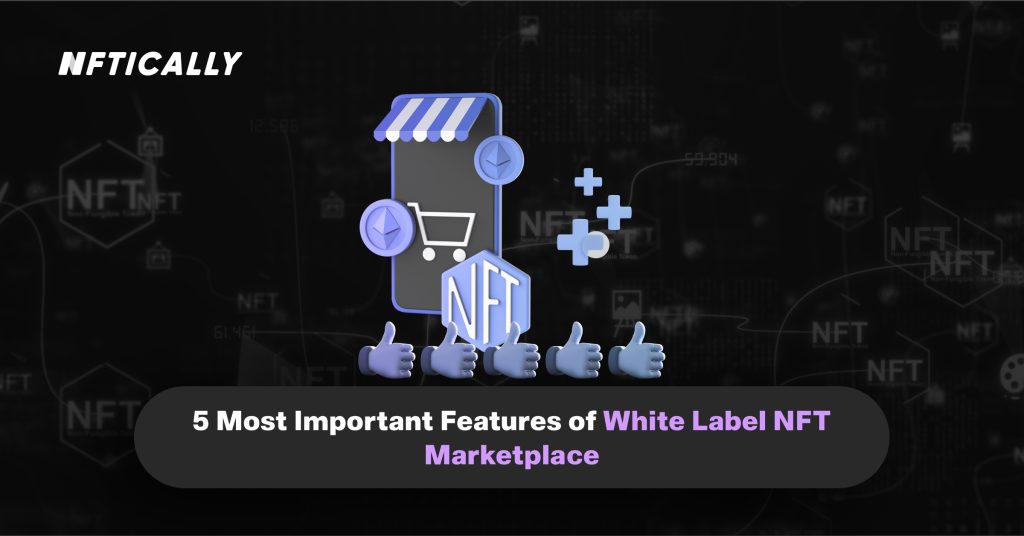
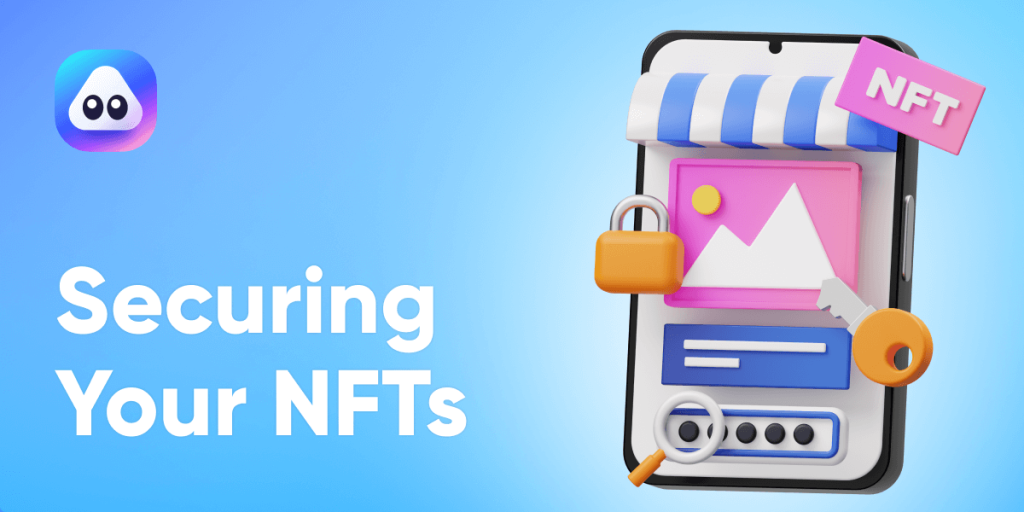
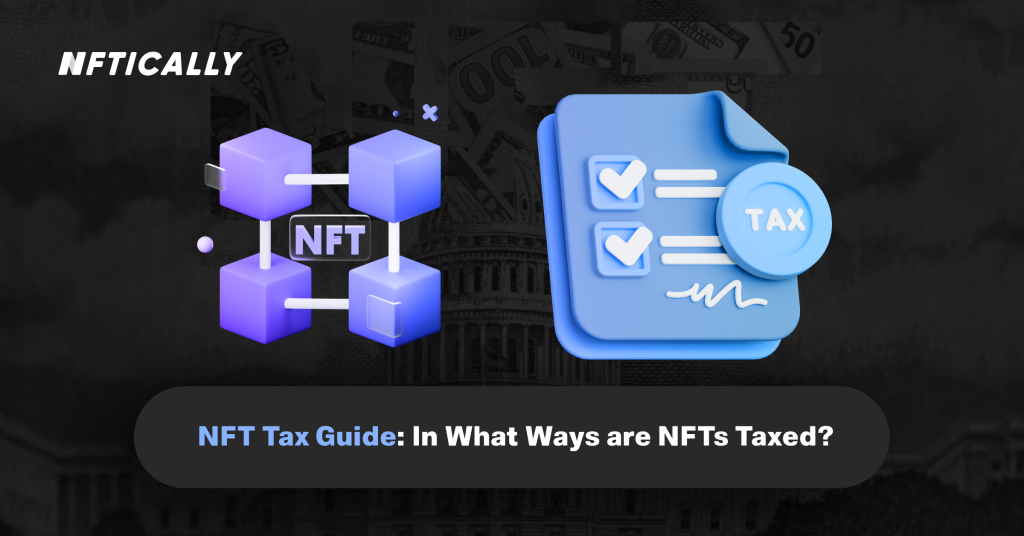
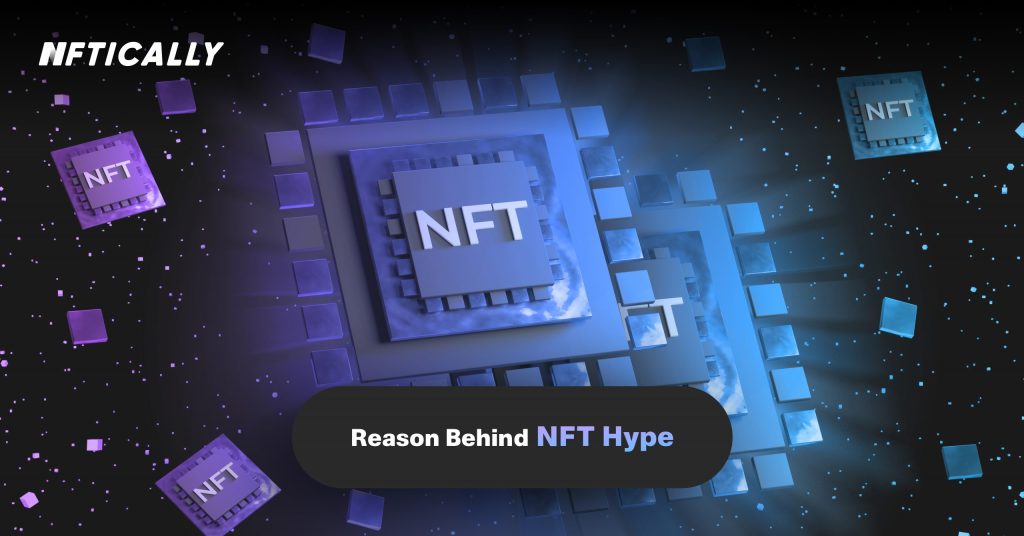

[…] NFT business has had a profound impact on the financial industry. Indeed, this is a significant moment […]